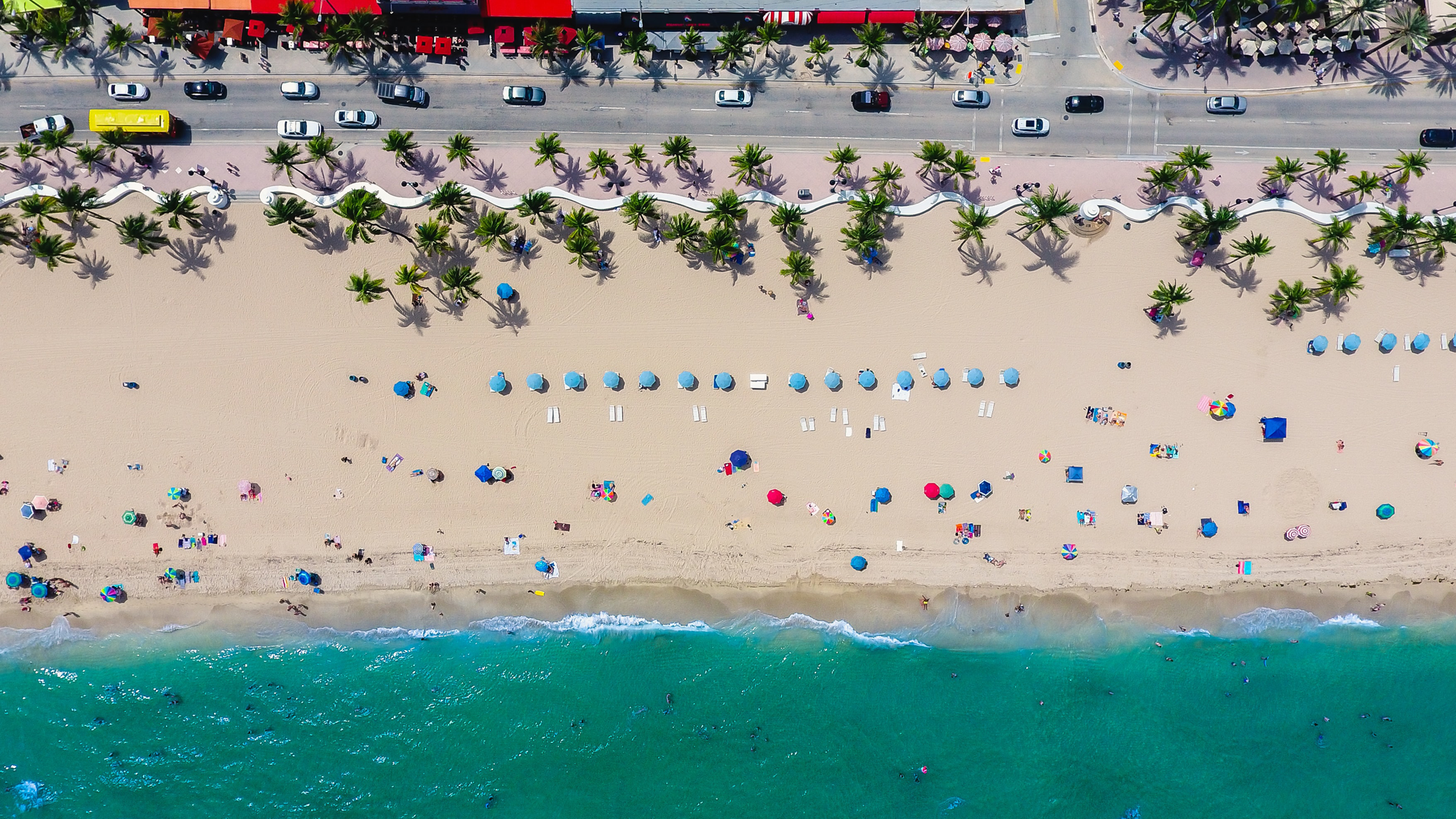You aren’t imagining it: There really are way more people visiting and vacationing in South Florida than ever before, including before the pandemic.
Spring Break and postcard-worthy weather helped lure tourists here this busy spring season, but it hasn’t only been college kids on break sprawling on the beach and filling downtown beachside hotels, restaurants and bars.
South Florida also is seeing more families, including parents bringing their children for Spring Break or those who haven’t been able to get out on a family vacation in the past few years. They see South Florida as the best environment due to our balmy weather and endless selection of outdoor activities — and a particularly frigid and icy winter across the country drove them south.
And because Florida lifted restrictions earlier than most anywhere else, visitors figure restaurants, hotels and other staples of the hospitality industry adopted and refined COVID-safe practices long before others started figuring it out.
According to Visit Lauderdale, hotel demand is up, up, up compared to previous years, even with more hotels that have cropped up over the past few years. Most hotels in Fort Lauderdale are above 80%, and in some cases, 90% occupancy.
“There’s no question the spring season factors into this increased occupancy,” said Stacy Ritter, president and CEO of Visit Lauderdale. “We have more hotel rooms than we did pre-pandemic, and the rates are still way up.”
AC Hotel Fort Lauderdale Beach has been at 100% capacity since the hotel opened its doors Feb. 23.
“Right out of the gate, we had maybe 80 rooms filled the same day we opened, and the trend just continued,” said Nils Bergmann, the hotel’s general manager. “Being right by the beach really helped us to drive business the first week of opening. It’s a lot of families with their kids, and also those students and Spring Breakers.”
Bergmann said their clientele is a good mix of demographics, ranging from guests in their early 20s to late 40s. Many are loyal Marriott customers, he said. “It was great to see a brand-new hotel being open and bustling with people right out of the gate,” he said.
In a hospitality report, Visit Lauderdale compared current occupancy rates to rates from 2019. In February, demand was up 11%. By March, demand spiked to nearly 17%.
Since Visit Lauderdale began tracking hotel occupancy, of the top 20 days of the most rooms sold in Visit Lauderdale, 19 were in February and March of this year.
Heiko Dubrikow, general manager at the Riverside Hotel on Las Olas, said customers in town for leisure have increased the length of their stay.
“March, for us at our hotel, on the room side, will probably be one of the best months we’ve ever had in the history of the hotel,” he said. “We have never seen numbers like this before.”
With so many more visitors to accommodate, he suspects restaurants may have had to expand their seating into permanent terraces or patios.
For those who might still feel wary about sitting inside a restaurant, they’ll almost always be able to easily find outdoor seating. Some families even came down earlier or stuck around longer, free from their office and realizing their kids could ‘learn from the beach’ in virtual school even in December, when they’re used to shoveling snow.
“This is the perfect storm of good things happening at once,” said Peter Ricci, director of hospitality and tourism management programs at Florida Atlantic University. It’s amazing for businesses looking to capitalize on the increased tourism, he added.
“It’s no longer a Spring Break of discounted hotel rates just to fill rooms,” he said.
It’s also no longer a Spring Break of exclusively college kids, he said. “The new campaign for Visit Lauderdale is ‘everyone under the sun.’ That includes everyone, LGBTQ people, single adults, seniors. We’re seeing every possible mix of people at the beach right now.”
He was shocked to see so many families at hotels during Spring Break, he said. “That’s a super-positive sign, because it means it’s appealing to a broader audience.”
Ricci described the uptick in tourism as ‘revenge travel,’ leftover from months of steering clear of travel, avoiding restaurants, touristy areas, and other destinations.
“Everybody still has the pent-up demand to get out of their house,” he said.
Ricci said he wonders if the curfew in Miami Beach could boost Fort Lauderdale’s economy even more, if visitors wander across county lines looking to party later into the night. That’s already happened in the city of Miami, which gladly took South Beach’s tourism dollars due to the curfew.
“The elephant in the room is when this bonanza of demand is gonna run out,” he said. “Even with the inflation of gas, of food, of hotel prices, demand doesn’t show any sign of reduction right now.”
Source: Brooke Baitinger, South Florida Sun Sentinel



